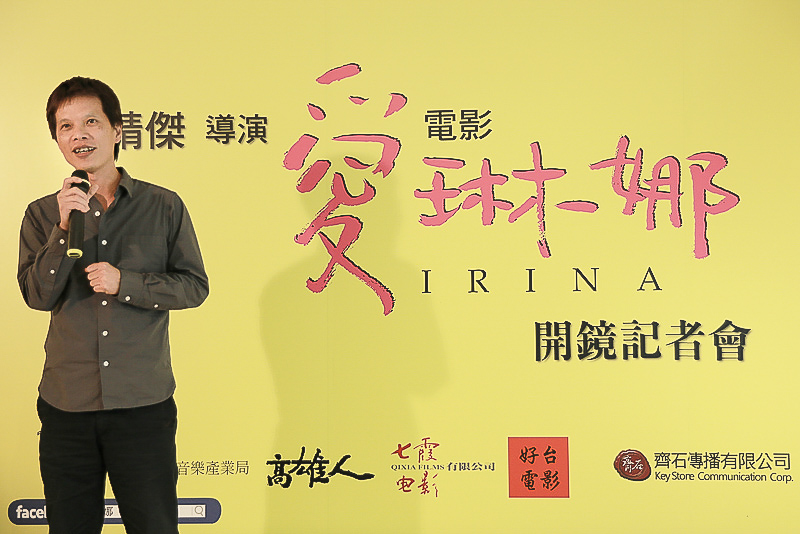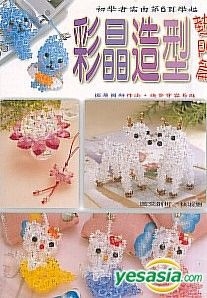

This mental turmoil is represented by his attire – his left arm bare, representing rage his right arm coated in a long scholar’s sleeve, representing compassion. He is torn between the instinct to protect and the desire to punish. Unlike Li Jing in Creation of the Gods, a harsh disciplinarian who shows no mercy to his troublesome child, the Li Jing in this production is a man of two minds. Portrayed by Li Han, a dancer not much older than Nezha, Li Jing puts on a warrior’s armor and transforms from youth to father. Nezha returns home to face his father, Li Jing. When the fatal confrontation leaves the dragon prince hanging upside down mid-stage, stripped naked, the audience continue to accept Nezha despite his reckless use of violence. The audience are thus invited to sympathize with Nezha, to share his confusion and his anger. Clad in white war gear, Ao Bing’s cold, oppressive presence makes a stark contrast to Nezha’s childlike playfulness. Huang Haiyun’s perfect balance and control in mid-air gives the dragon prince Ao Bing an unearthly demeanor. The stage lights up, the dragon prince is flying at center stage, elevated above everyone’s head, proud and unassailable. Smoke arises, and the dark figures rush from the back of the stage towards the audience.

The watery screen lifts, revealing a back-lighted stage with a row of dark blue figures clad in war gear. Oppressive white and blue light beams on the faces of the audience, piercing their eyes, removing any anonymity. The stage darkens again, and ominous music fills the theatre with dread as blue waves wash over the screen. Dancers in white move in orderly unison, while only Nezha moves with free-flowing grace and childlike delight.
#Li jing ne zha full#
Brilliantly portrayed by Ong Tse Shen, Nezha is full of life and energy, his bright red costume distinguishing him from the monotonous white figures that surround him.

Without the imprint of his father, he has the freedom and potential to be a man of his own and profoundly change the world he was born into. Nezha is not born a child, but as a Divine Pearl (靈珠子), representing primal chaos ( hundun 混沌) – endless possibilities. Soft light illuminates center stage and from an enormous white sheet of paper, life emerges, shapeless, formless, striving upward, towards the source of light. The ring represents the ring that Nezha was born with, the Ring of Heaven and Earth (乾坤圈) which serves as a marker of Nezha’s mythical identity, separating him from ordinary children. A giant ring, about 10 meters across, is suspended over the dark stage, glowing with soft golden light. Trapped and stifled by his father’s flaming pavilion, Nezha’s power, and the immense possibilities that came with it, implodes, turning into ash. Yet his recklessness led to his killing and dismembering the dragon prince, causing disaster to fall on his family. He is a child with superhuman powers, born with the ability to transform heaven and earth. More like the Nezha in the epic novel Creation of the Gods ( Fengshen Yanyi 封神演義), Yang Yuntao’s Nezha is morally ambiguous. Nezha in this performance is not the dragon-slaying child hero celebrated in the 1979 animation Nezha Conquers the Dragon King, nor is he the terrifying murderous youth in Xi Xi’s 1987 short story “Family Affairs at Chentang Military Base” (陳塘關總兵府家事). Yang Yuntao’s Dance Theater production Nezha: Untold Solitude is a powerful performance of the mythical story of Nezha, which also captures the profound loss and the untold solitude of Hong Kong in 2022. Zhang reviews Yang Yuntao’s Dance Theater production Nezha: Untold Solitude (2022).


 0 kommentar(er)
0 kommentar(er)
